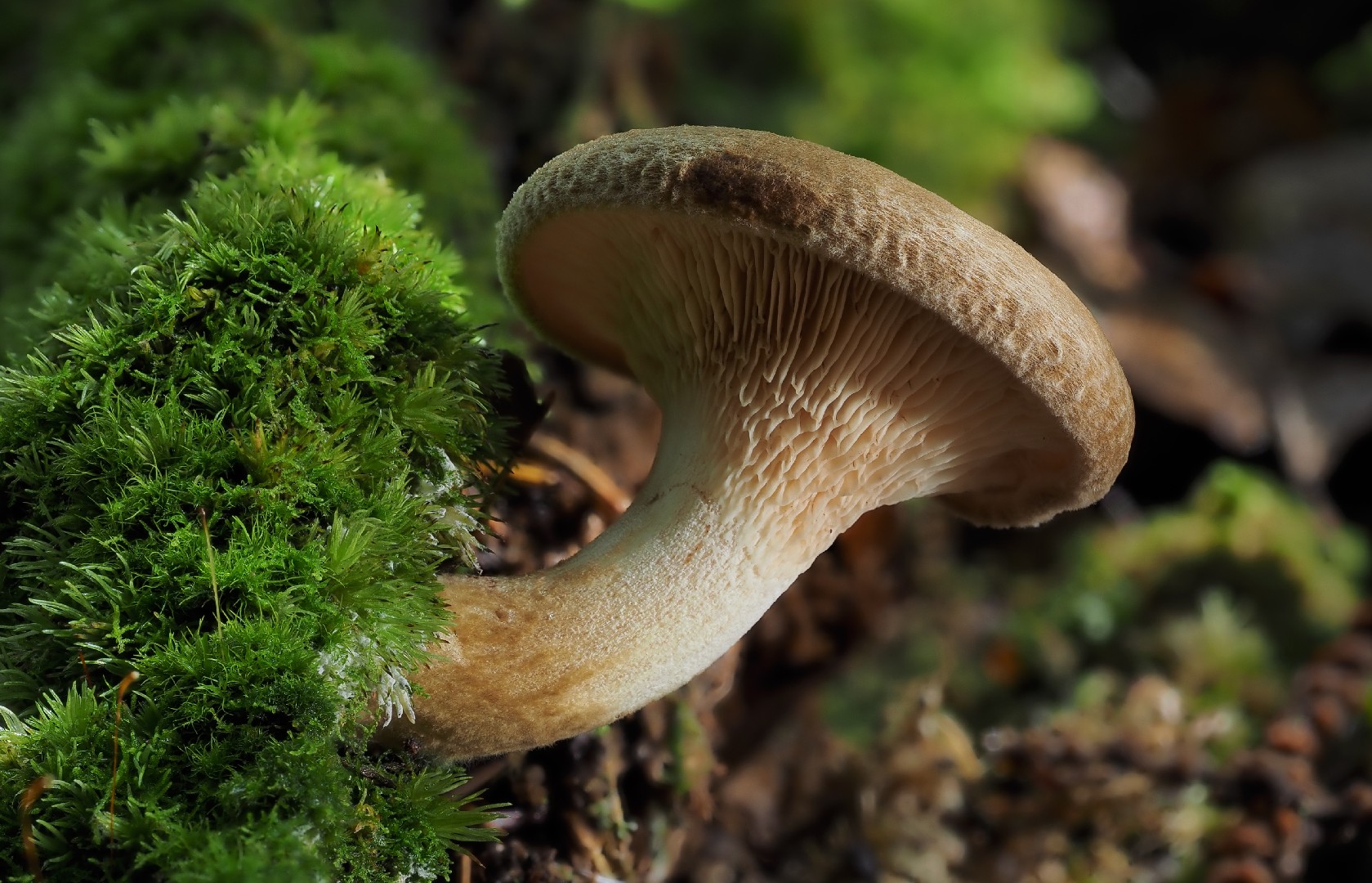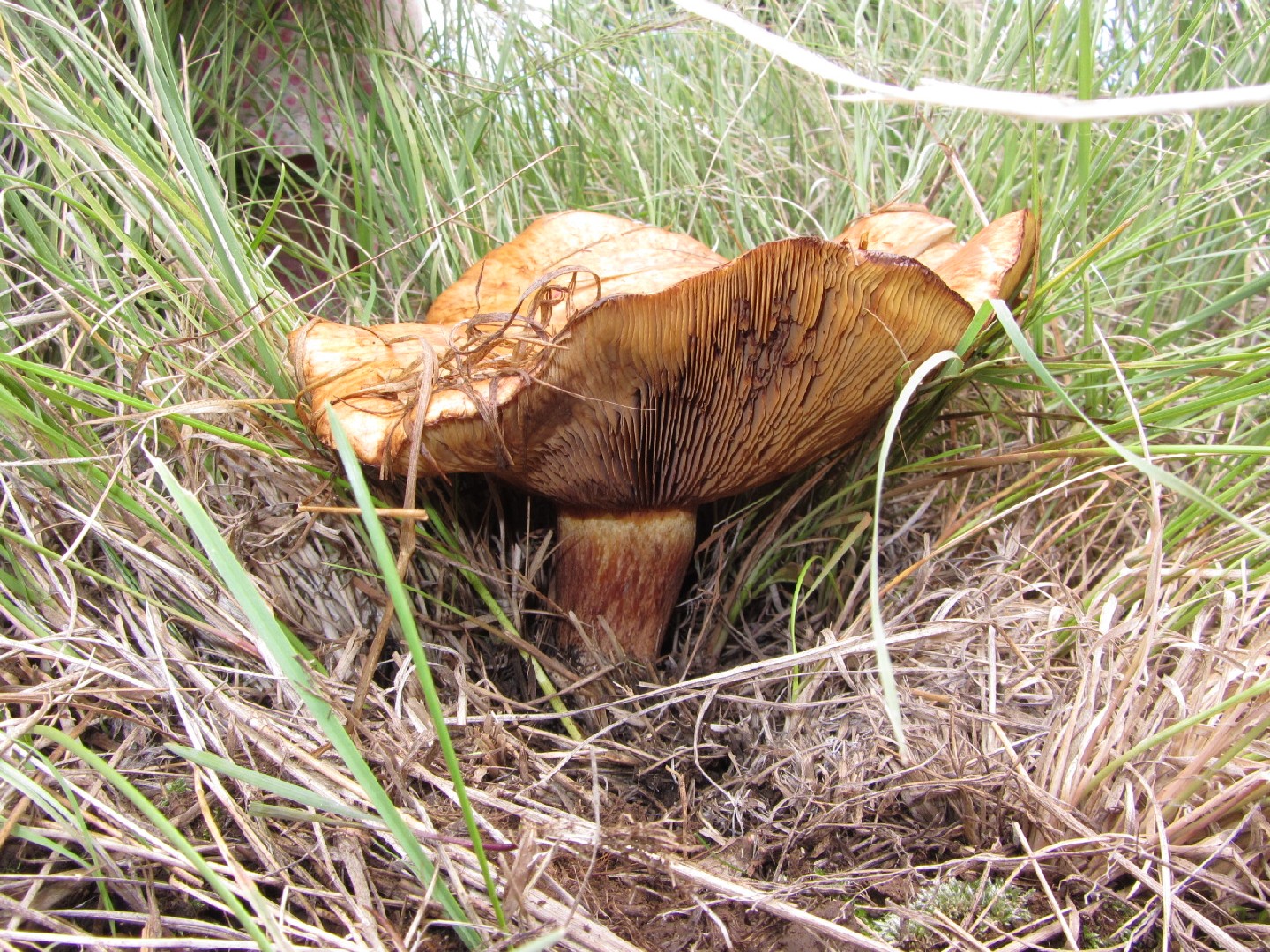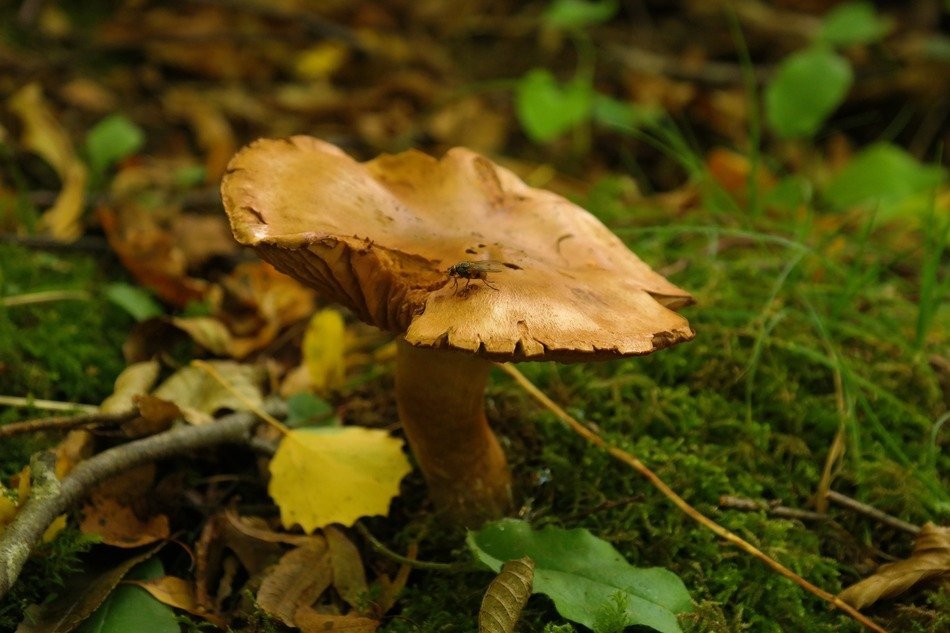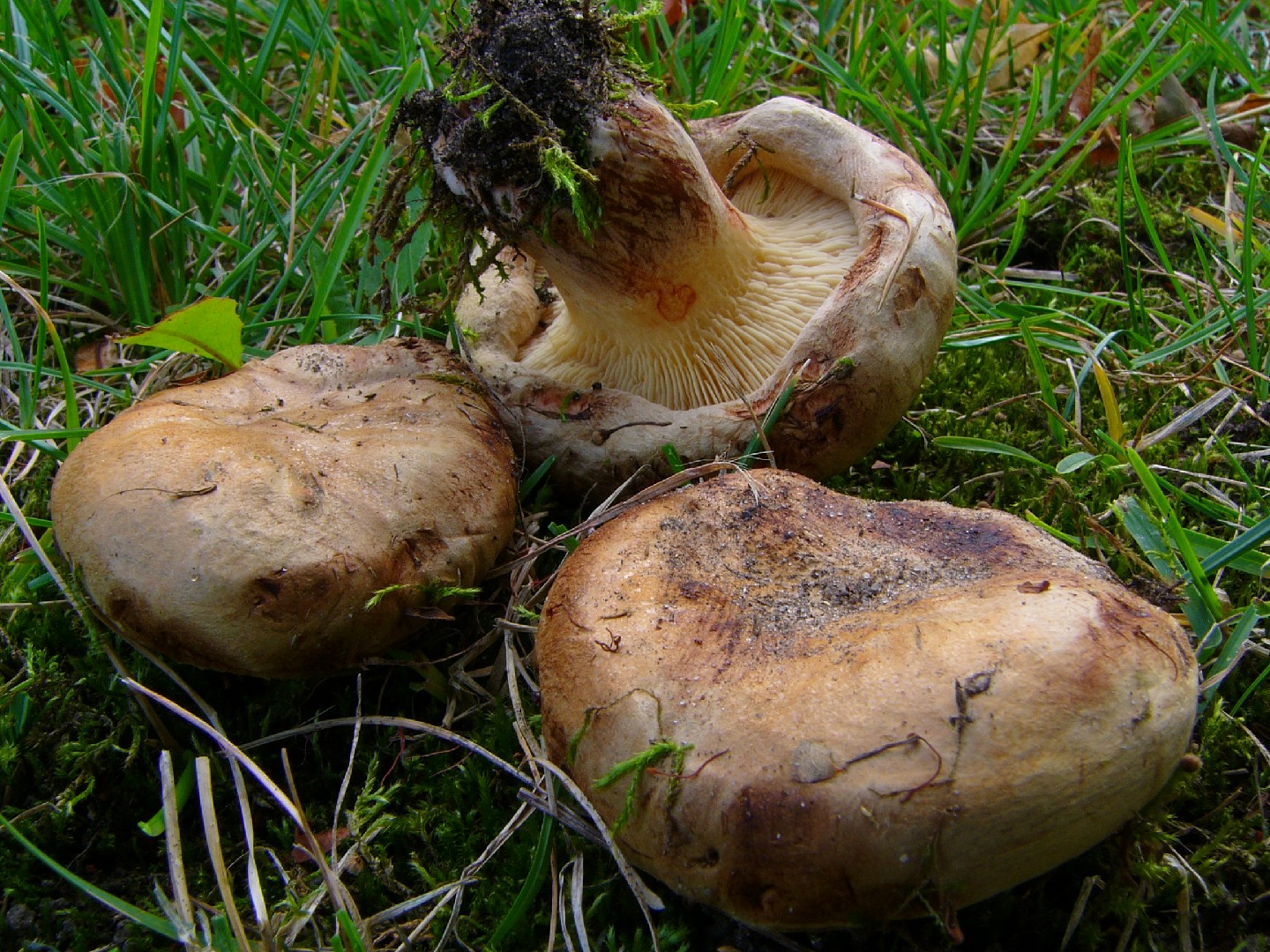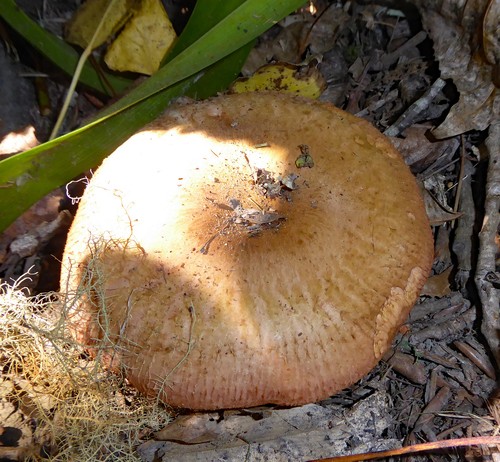Rollrims
Scientific name: Paxillus
Rollrims
Scientific name: Paxillus
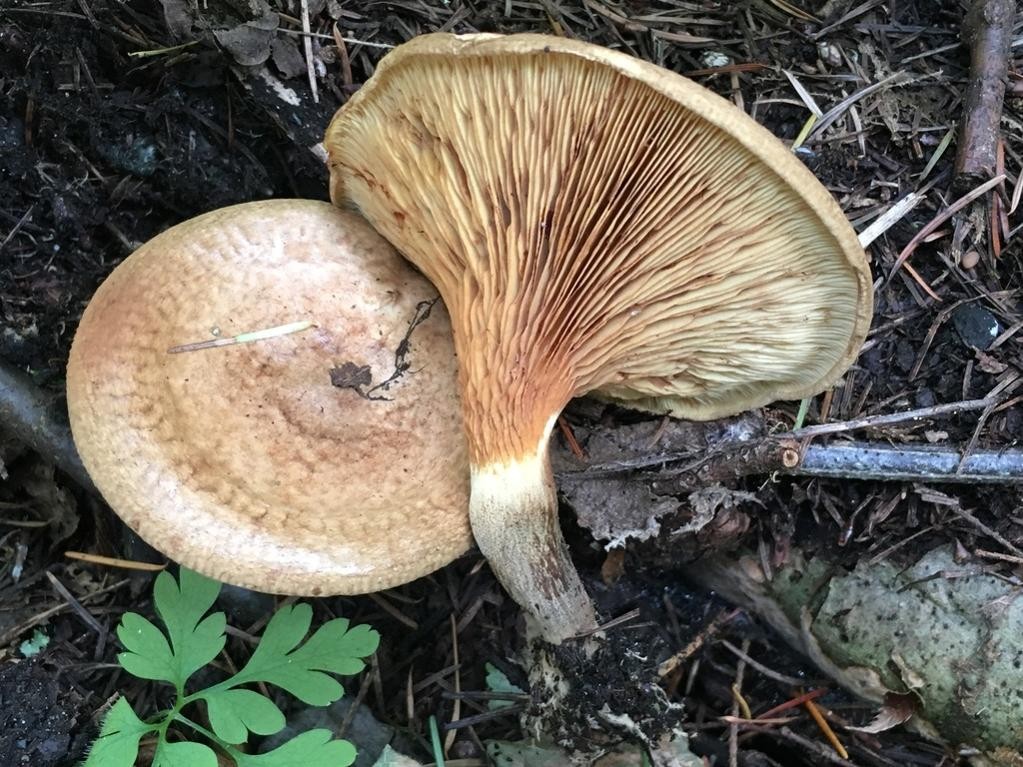 Photo By damontighe , used under CC-BY-NC-4.0 /Cropped and compressed from original
Photo By damontighe , used under CC-BY-NC-4.0 /Cropped and compressed from original Description
Rollrims are known for their unique ability to form symbiotic relationships with trees, exchanging essential nutrients through their root systems. They typically possess a distinctive rolled rim on their caps, which gives them a characteristic appearance. These fungi can be found growing in woodland areas, often helping decompose leaf litter and other organic matter, playing a vital role in forest ecosystems. Some rollrims species can also change in appearance as they age, showcasing a fascinating transformation over their lifecycle.
Species of Rollrims
Scientific Classification
Phylum
Club fungi Class
Mushroom-forming fungi Order
Boletes and allies Family
Paxillaceae Genus
Rollrims 